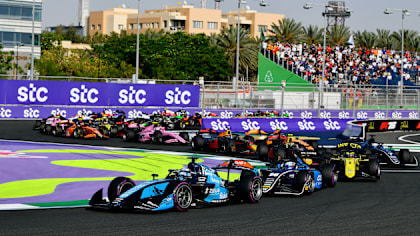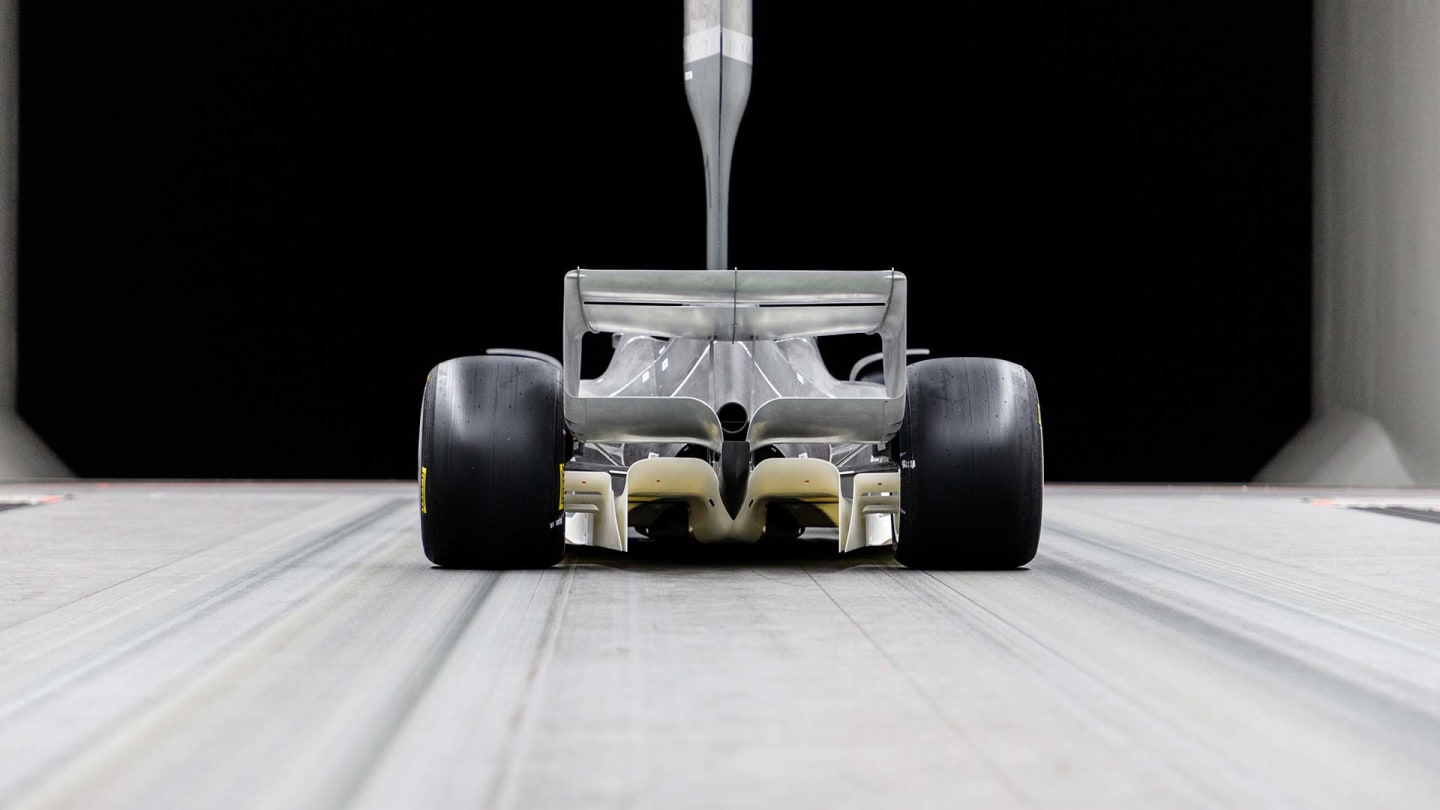
Feature
How F1's new sliding scale aero testing rules work – and what impact they will have on racing
Share

History will be made next season, when Formula 1 introduces a radical new sliding scale for aerodynamic testing based on a team’s success on track.
As part of a package of changes to the regulations, which includes the introduction of a cost cap from 2021 that has been revised to reflect the impact of the coronavirus pandemic, teams will be restricted to the number of wind tunnel testing runs and computational fluid dynamics (CFD) hours they can do to develop their racing car.
It is hoped that as well as reducing costs and making both individual teams and the championship more sustainable, it will also create a more level-playing field that should lead to more competitive and unpredictable racing.
F1's new 2021 rule changes: The five key things you need to know
So what has changed?
In years gone by, the amount of aerodynamic development was unrestricted. It meant some teams ran their wind tunnels 24 hours a day, seven days a week. Some teams even ran more than one wind tunnel.
That kind of development helped teams gain crucial tenths of seconds, but was hugely expensive.
In recent times, restrictions have been introduced, to the point that up until this year, teams were limited to 65 runs in the wind tunnel per week.
But next season, in conjunction with the introduction of the cost cap, the default allowance will be reduced by more than 30% to just 40 runs per week.
Furthermore, for the very first time, each team’s allowance of wind tunnel and CFD testing time will be defined by on-track performance.
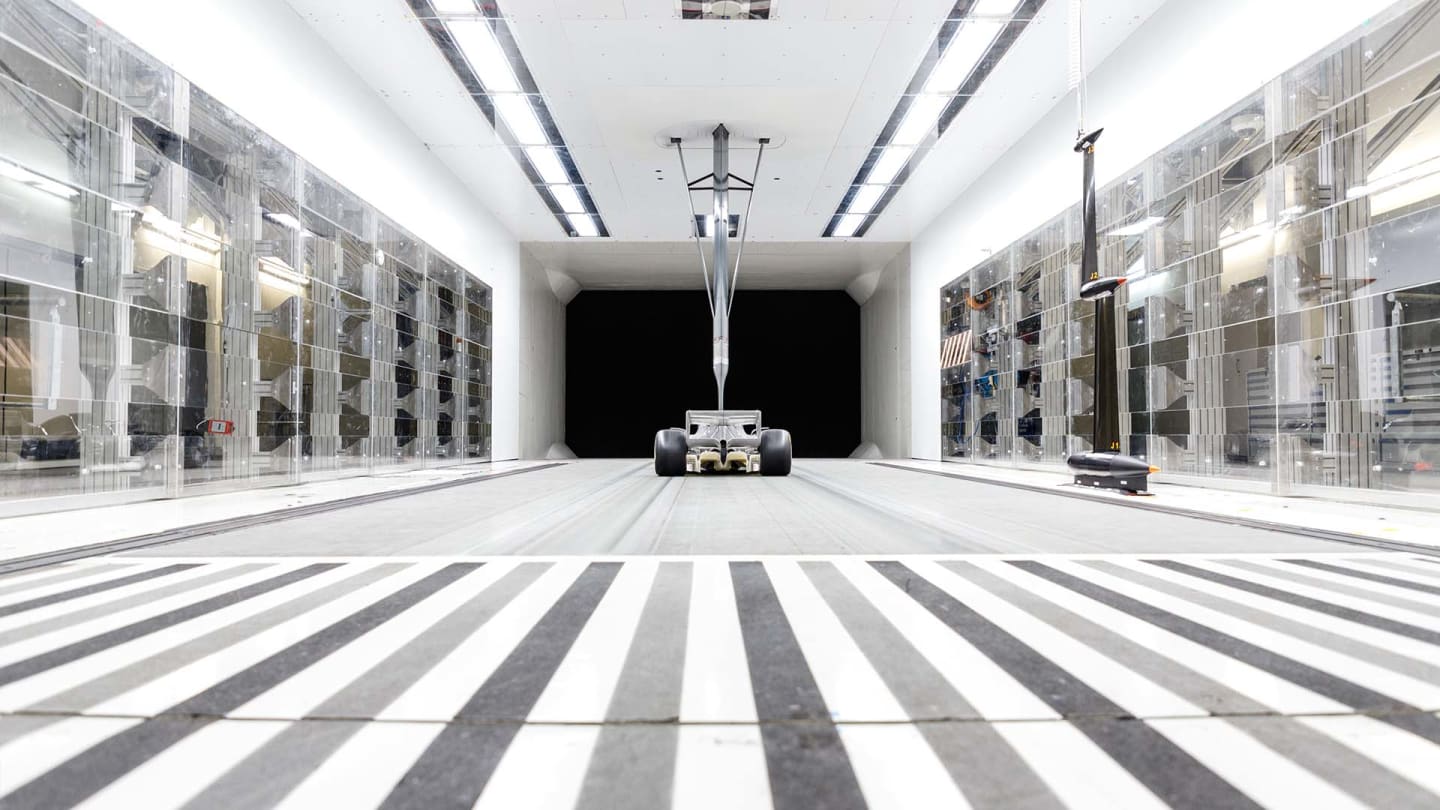
How will the scale work?
It’ll be based on the championship position at the end of the previous season and then reset on June 30 each year to reflect the current state of play.
For 2021, if the pecking order remains the same, Mercedes will receive 90% of the testing allocation, which translates to 36 runs per week (just under half of what they had for this season). The allocation then increases as you go down the grid in championship order, as you can see in the table below.
At the other end of the scale, Williams in 10th (or any new team entering F1) would have a significantly higher allowance of 112.5% or 45 runs per week.
From 2022 onwards, the allocations reduces for all bar the 9th- and 10th-placed teams. The top team would receive 70%, which sees their allocation drop to 28 runs per week. The 9th-placed team would receive the same allocation as the previous year, while the 10th-place team will see an increase by one run to 46.
New sliding scale on aerodynamic testing in F1
| Teams' previous season's championship position | Percentage of current aero testing allowed for 2021 | Percentage of current aero testing allowed for 2022-25 |
|---|---|---|
| 1 | 90% | 70% |
| 2 | 92.5% | 75% |
| 3 | 95% | 80% |
| 4 | 97.5% | 85% |
| 5 | 100% | 90% |
| 6 | 102.5% | 95% |
| 7 | 105% | 100% |
| 8 | 107.5% | 105% |
| 9 | 110% | 110% |
| 10+ or new team | 112.5% | 115% |
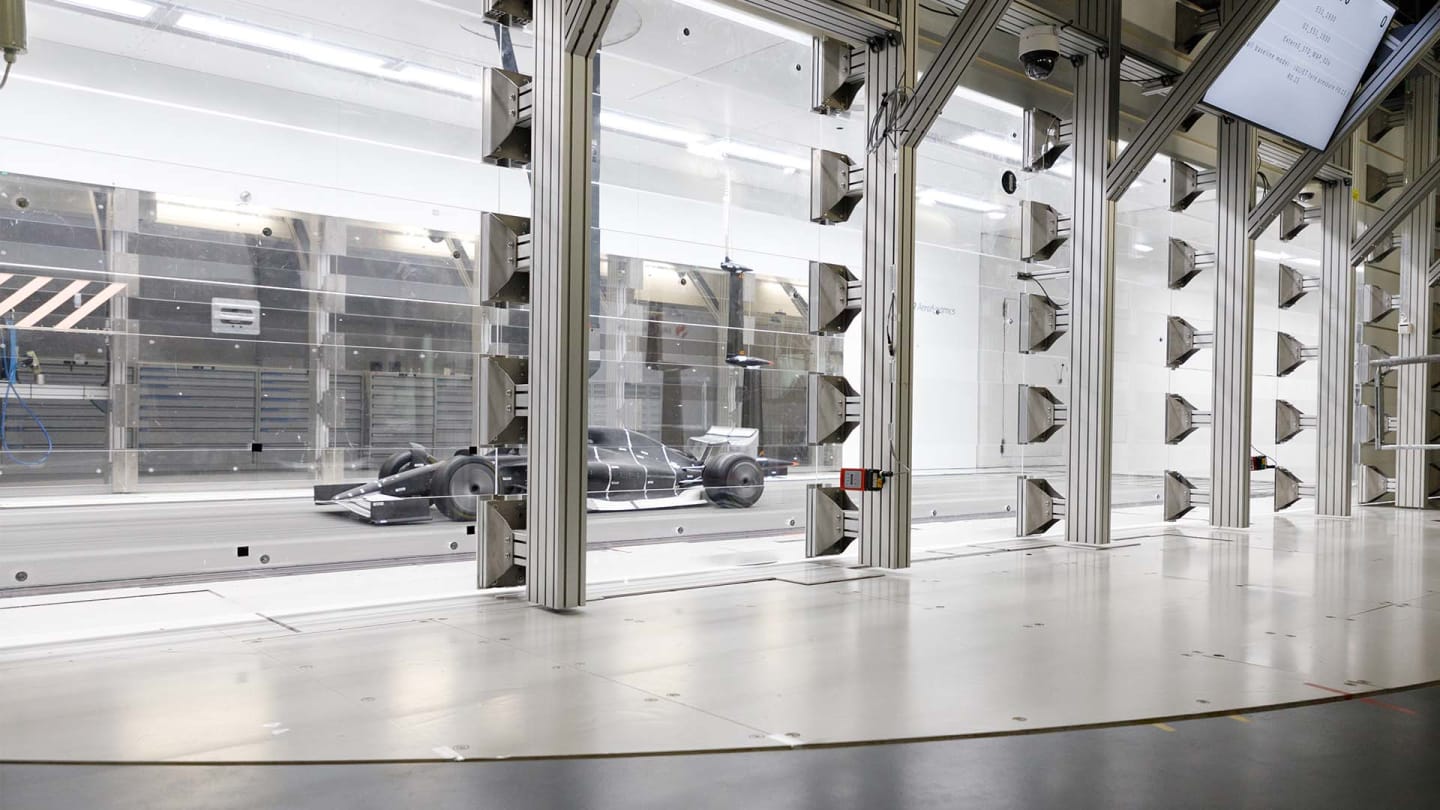
What is the intended impact of the change?
The aim is to cut costs and level the playing field.
“Will it level the playing field over the course of a season? Probably not,” says F1 Head of Aerodynamics Jason Somerville, who has been part of the team shaping the new Technical Regulations. “But over the course of a few seasons, it’s very unlikely you will not see a closing of the grid.”
It’s from 2022 that we should really see change, as that is when teams will start from a blank sheet of paper courtesy of wholesale changes to the Technical Regulations in a bid to improve the quality of racing.
READ MORE: What the 2021 rules delay means for F1
While teams will have already started work on those cars, there is a ban in place on further work until January 2021 - and there are also expected to be further modifications to the rules.
“It won’t quite be a reset, but there will be a few modifications to the rules so when they start in January, they’re almost going to be starting from zero again,” adds Somerville. “Then it’s up to you as a team to decide how you use your wind tunnel runs.
“If you’re Mercedes, how many of your 28 runs do you devote to your 2021 car and how much do you devote to 2022? That’s a difficult decision. Depending on where you are in the competitive order, you may not want to give up on current car.”
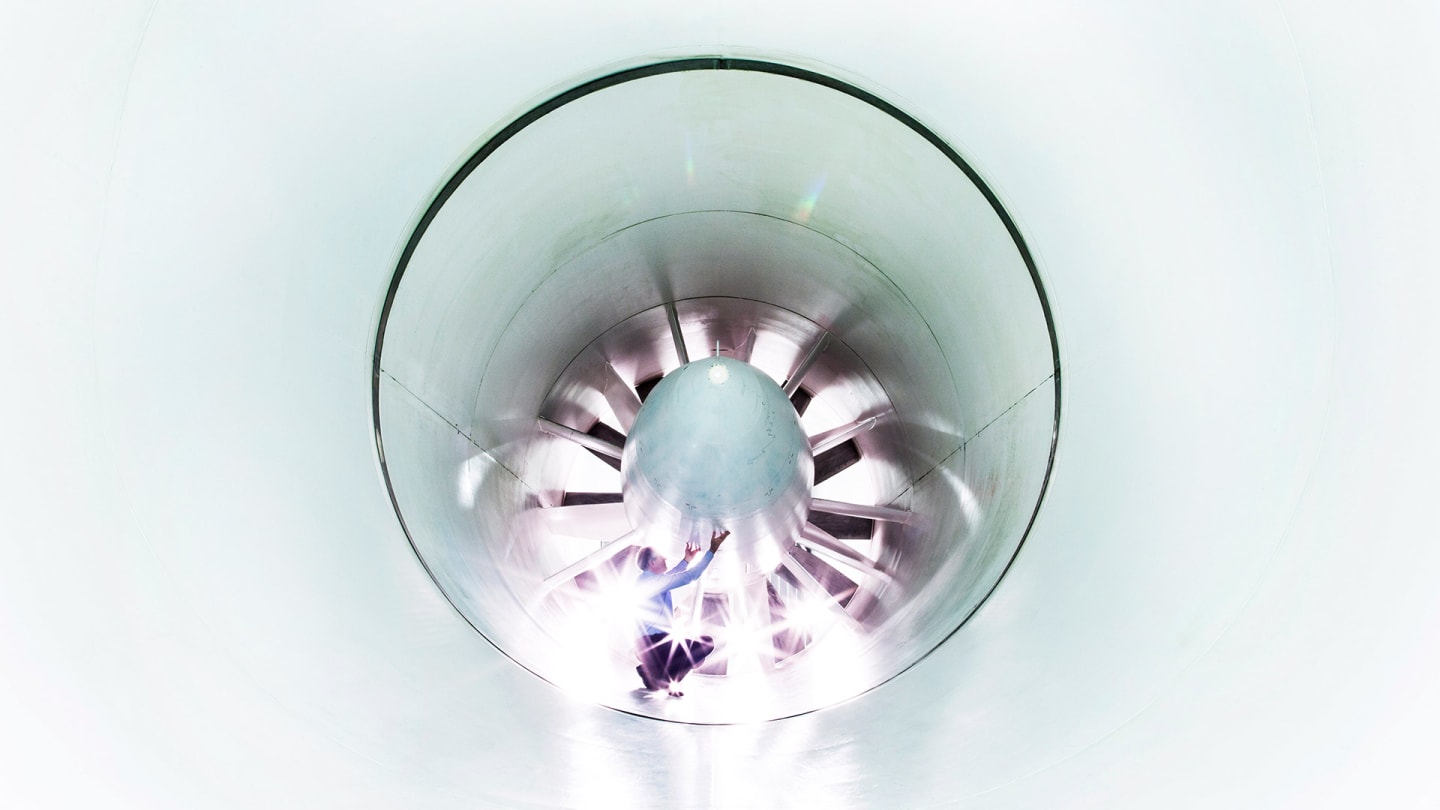
How much will the new rules impact the bigger teams?
Teams like Mercedes, Ferrari and Red Bull will need to be even more efficient than they already are with how they use their wind tunnel and CFD time.
“Everyone has 65 runs per week, and I think everyone pretty much uses all of their runs,” says Somerville. “That’s how they find improvements on their car so over the course of a season, there is a steady drumbeat of new designs to steadily make your car faster.
“If a team like Mercedes or Ferrari have less of that time, there’s no doubt that they will feel some pain to some degree. If you shift bias to the smaller teams they will make improvements where perhaps the bigger teams won’t.
“But it’s also worth saying a wind tunnel run isn't worth the same for all teams. A Mercedes wind tunnel run is arguably more efficient, because they have a very well-funded, very strong aerodynamics group so over course of years, they have made the process efficient.”
What about the small teams?
With more hours available, the teams who have finished lower down the order can be more aggressive with their development.
The additional time gives them the capacity to explore more diverse aerodynamic ideas, which if successful, could help them climb the pecking order.
Ultimately though, having extra time won't make you faster - it's how you use it...
More on rule changes for 2021
- FIA approve reduced 2021 F1 cost cap and new sliding scale rules for aero testing
- REVEALED: The key performance area being closed off as F1 trims 2021 downforce levels
- How F1's new sliding scale aero testing rules work – and what impact they will have on racing
- The 2021 F1 cost cap explained – what has changed, and why?
- F1's new 2021 rule changes: Five key things you need to know
YOU MIGHT ALSO LIKE
Podcast F1 EXPLAINS: Ask an F1 Team Principal with Alpine boss Oliver Oakes
Feature The 10 greatest innovations F1 has given the world
FeatureF1 Unlocked F1 ICONS: MotoGP legend Casey Stoner on the ‘freaking phenomenally talented drivers’ who have inspired him
Feature The ‘important’ lessons F1 is learning from the development of sustainable fuels in F2 and F3 ahead of 2026


)

